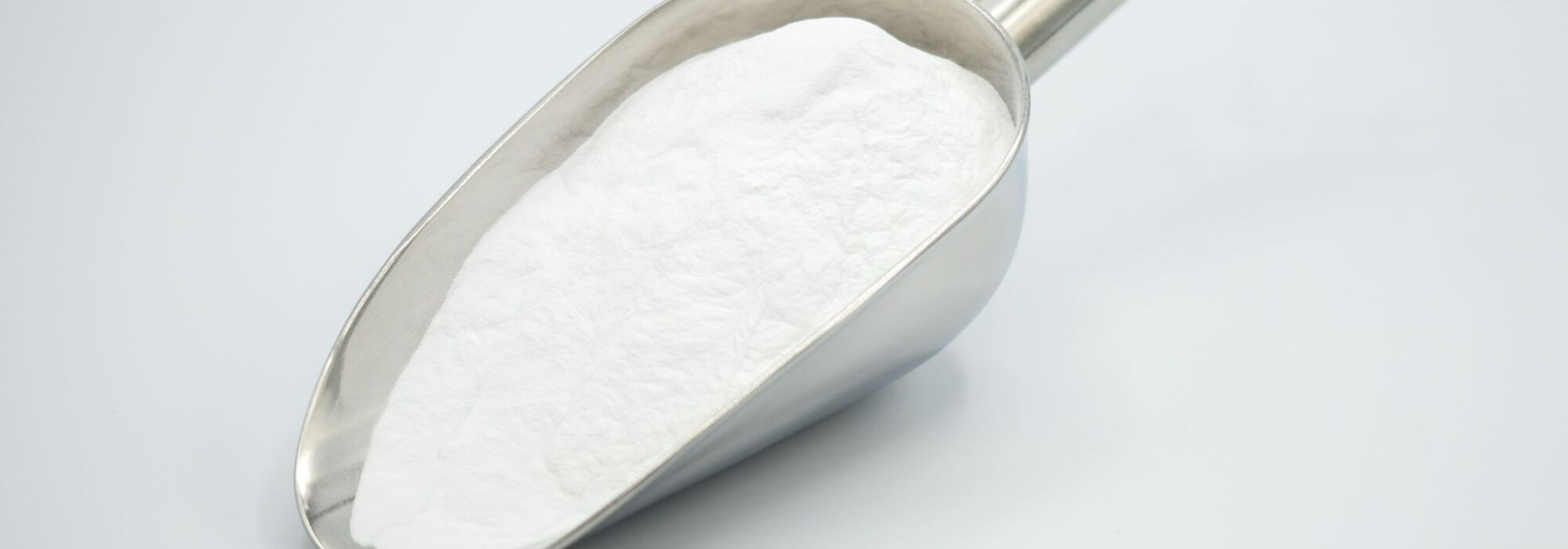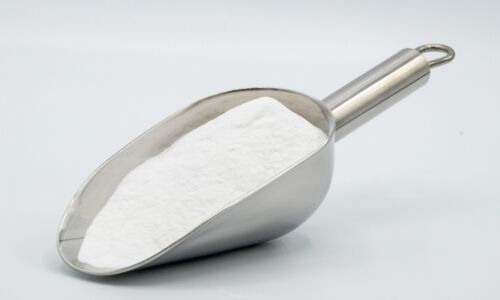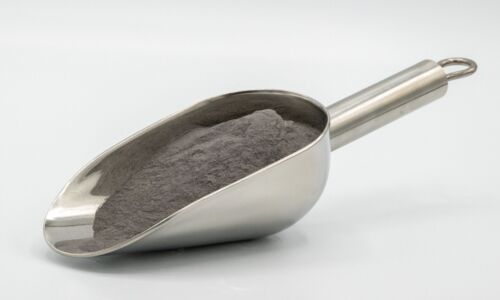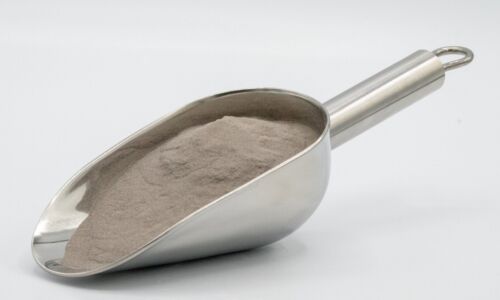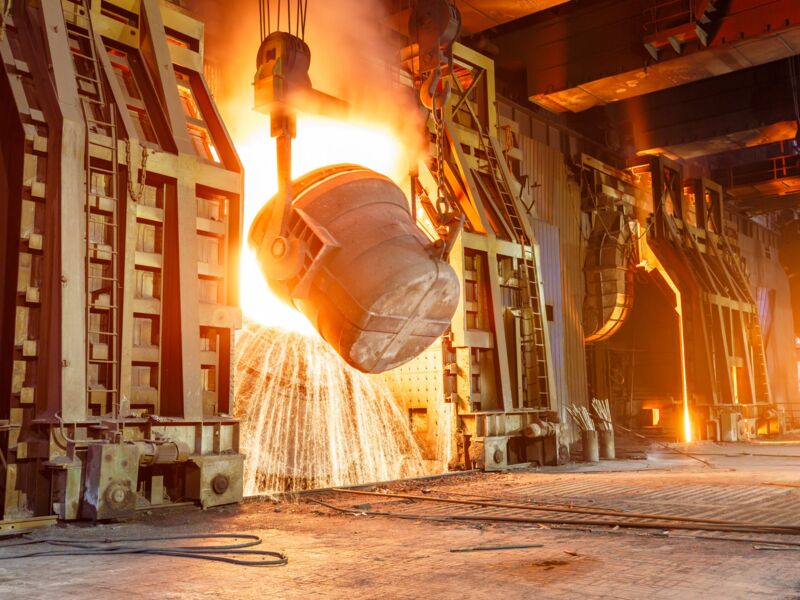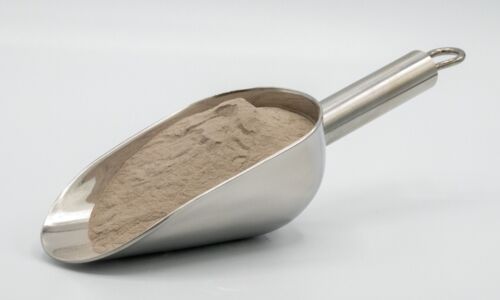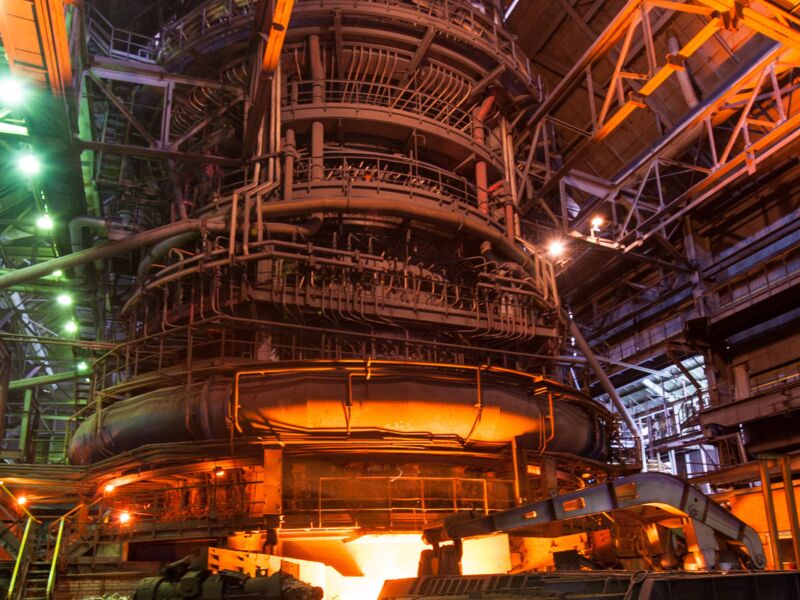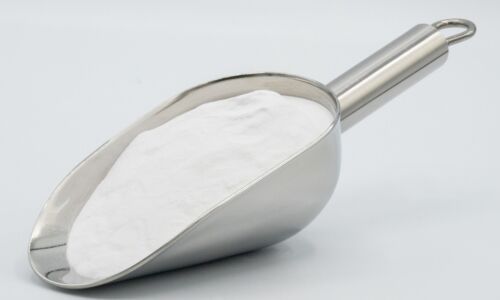Alumina (Al2O3)
Due to its excellent price-performance ratio, alumina (Al2O3) ceramics are predestined for many technical applications and the most widely used oxide ceramic material [KOL18]. Its low costs are due to the high availability of aluminum (3rd most common element in the earth’s crust) and the costeffective preparation and sintering processes.

Its good wear resistance allows an application as lining, for example for mixers and mills, but also as grinding medium [KOL18]. Corrosion-resistant wearing parts for pumps and valves, such as sealing and sliding rings or pistons are also made of aluminum oxide. Further fields of application are i.a. electric insulators for spark plugs, yarn guides in textile machines and ballistic armor [MIC94].
The properties of aluminum oxide (see Table 1) are in the midfield of technical ceramics. They are strongly dependent on the sintering parameters and the quality of the powders used. The latter can i.a. differ in their purity, chemical composition, particle size distribution and specific surface area. For example, coarse-crystalline grades with a low glass phase content are used for high-temperature applications in order to limit thermal creep. If high strength has top priority, dense highly crystalline materials with a small grain size should be used. Good corrosion resistance is achieved by using largely alkaline and silicon-free raw materials [KOL18]. The mechanical properties of very pure and fine-grained alumina may exceed those listed in Table 1. Due to their biocompatibility, such qualities are used as rod ends in hip prostheses [HEI10].
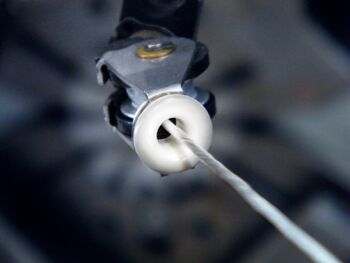
Since the end of the 19th century, aluminum oxide has been obtained from bauxite in the so-called Bayer process, which has since been continuously improved. As of 2000, global annual alumina production more than doubled from just under 50 million tonnes to more than 120 million tonnes in 2016. The share not used for aluminum production has increased in recent years from 10% to 40% in 2017 [USG18]. These values underline the still increasing importance of alumina ceramics.
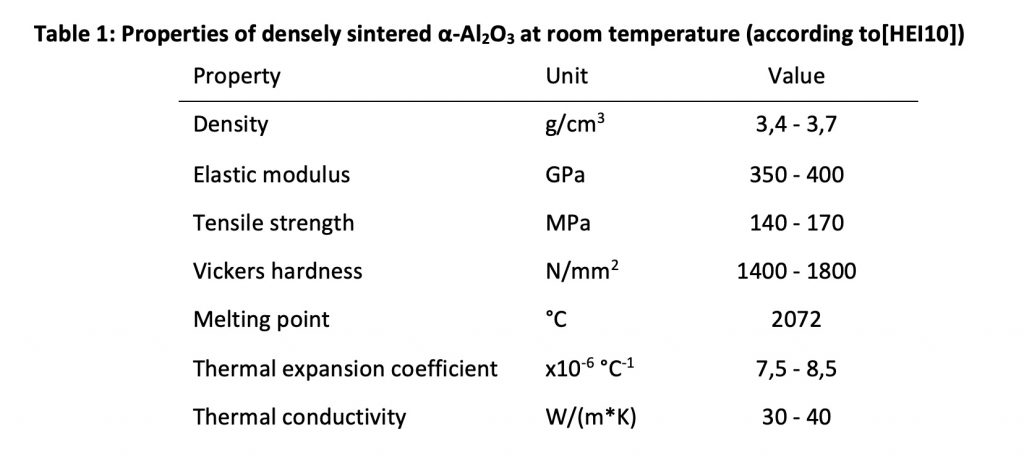
Typical chemical compositions:
Industry Sectors
Application Examples
Bearing Shells, Electrically Insulating, Lamps, Coated Bearing Housing, for Cold Isostatic Pressing, Green Machining, Parts with Complex Geometry
Industry Sectors
Application Examples
Bearing Shells, Electrically Insulating, Lamps, Coated Bearing Housing, for Cold Isostatic Pressing, Green Machining, Parts with Complex Geometry

